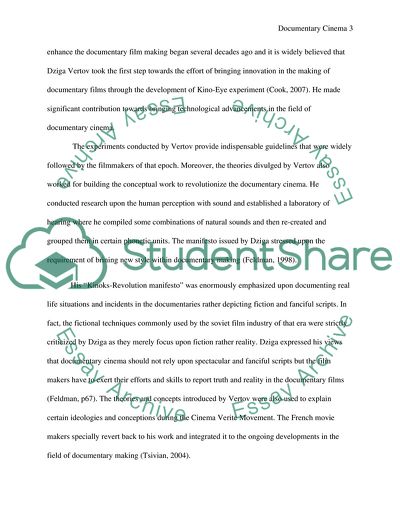Cite this document
(Analysis of the Movie Man with the Movie Camera Directed by Dziga Review, n.d.)
Analysis of the Movie Man with the Movie Camera Directed by Dziga Review. Retrieved from https://studentshare.org/visual-arts-film-studies/1730087-documentary-cinema
Analysis of the Movie Man with the Movie Camera Directed by Dziga Review. Retrieved from https://studentshare.org/visual-arts-film-studies/1730087-documentary-cinema
(Analysis of the Movie Man With the Movie Camera Directed by Dziga Review)
Analysis of the Movie Man With the Movie Camera Directed by Dziga Review. https://studentshare.org/visual-arts-film-studies/1730087-documentary-cinema.
Analysis of the Movie Man With the Movie Camera Directed by Dziga Review. https://studentshare.org/visual-arts-film-studies/1730087-documentary-cinema.
“Analysis of the Movie Man With the Movie Camera Directed by Dziga Review”. https://studentshare.org/visual-arts-film-studies/1730087-documentary-cinema.


